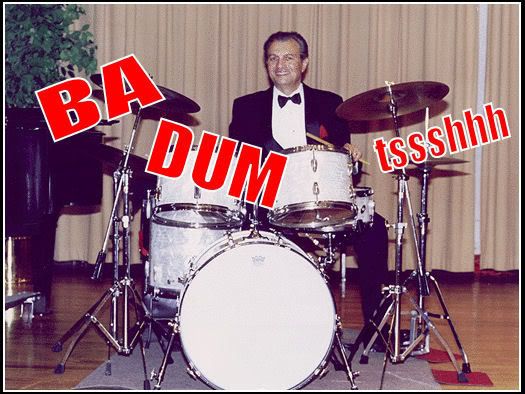Since I just went through my first test, I thought I'd write some notes for a pre-test checklist for those of you who have never tested and are interested in testing in the future. I'm sure it's not complete.
When you decide to test:
1. Get a copy of the test paperwork. This turned out to be the hardest thing about the test. Despite a request, I never received anything from the club or my coach. Finally, someone I knew who worked behind the rink desk gave me a copy and showed me how to fill it out. This may have been a one time thing because it was my first test. Now that I know the ropes, I don't think this will happen again.
2. Get your coach's signature on the paperwork to submit to the Test Chair.
3. Submit the paperwork before the deadline. Yes, my club still uses paper. I've heard of other clubs who use an on-line system.
4. This may have been peculiar to me, but my coach was fussy about approving what ever I was going to wear to test in. So, I had to arrange a time when he could skate with me in my test dress.
At this point there's a lot of stuff going on behind the scenes. At some point your coach will tell you your warmup time, and test time. I got a text message. All hail the modern world.
The night before:
1. Gas up the car. I forgot this and almost ran out of gas on the way to the rink.
2. Polish the boots. Some people replace their laces. I'm too lazy for that. Besides these are my lucky laces. I don't know what other people use to polish their boots, I just used some Kiwi shoe whitener. I had to run out and buy it at about 8 in the evening in a panic. So, now that I have it on hand, I won't have to worry about that again.
3. Go through the skate bag and make sure everything is there. It's a good time to clean it out, so why not throw away the old passes, worn out gloves, and pens with no ink in them. I wish I had put a banana or a snack bar in to munch on.
4. Put fresh batteries in the camera.
5. Attend to your costume. Make sure all the pieces are ready to go.
6. Get your make up together.
7. Go to bed and get a good night's sleep. I totally failed on this. I got about 4 hours sleep.
At some point: LOAD THE CAR. Don't forget your skates. Apparently this happens.
The day of the test:
1. I got to the rink about an hour before my warm up time. I checked the schedule. No changes.
2. I used the time to do
lunge walks in the lobby to get the blood flowing to my leg muscles (there was a rainstorm and I couldn't walk outside), and some yoga poses to open my hips and get my knees ready for skating.
3. Change into test outfit. Put on makeup.
4. To calm myself, I took out my Flip and recorded the tests of some people I knew.
5. Deep breathing exercises. Several of us gathered together and did group deep breathing.
6. My coach checked on me, and I suppose all coaches do this to.
The test:
I just followed my coach's instructions. During the warmup, the dances for the tests are played and the skaters get to skate with their partner to their music. At test time the skater's are announced (totally unable to understand it) and skate out to their start point with their partner.
So what did I feel I didn't do right?
I wish I had gone to a test session before mine, in order to see how they're run. But as an adult with a job, I couldn't find the time.
I always skate with skating protection on. When I tested, I didn't wear any. That really rattled me. I wish I had skated with my coach, without my protective stuff on, a couple of times. It felt weird and all.
I felt I need to have a 5 minute warmup planned, that goes through all the elements of the dance. I was more concerned about getting some knee bend and getting the feel of the ice. Also, I should have practiced my extension. So bad on me.
So, I know some of you have tested, and have better ideas than I've presented for testing. What do you have to suggest?













